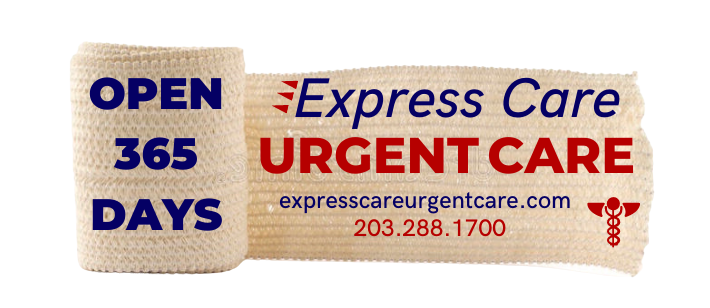
Hand Foot and Mouth Disease (HFMD) is a highly contagious viral infection that primarily affects infants and young children. The virus is typically spread through contact with saliva or mucus from an infected person, such as through sharing cups or utensils, or through close contact, such as kissing.
The illness is usually mild and resolves within a week or two. In rare cases, however, HFMD can lead to more severe complications such as meningitis or encephalitis. Treatment for HFMD focuses on relieving symptoms and supporting the body as it fights off the infection. There is no specific antiviral medication for HFMD, so treatment focuses on managing symptoms and preventing dehydration.
What are the Causes of Hand Foot and Mouth Disease
Many viruses can cause hand foot and mouth disease (HFMD). The most common in the United States is coxsackievirus A16, but other common causes include coxsackieviruses A6, A10, and enteroviruses 71 and 68. These viruses are spread through close contact with an infected person, typically through respiratory droplets or contact with surfaces. HFMD can also be picornaviruses EV-A71 and enterovirus-68 can cause HFMD, which are more commonly seen in Asia and Africa.
HFMD is most commonly seen in children under the age of ten but can occur in adults also occur in adults of HFMD vary depending on the virus causing the infection but typically include fever, sore throat, rash on the hands, feet, or mouth, and sometimes ulcers on the tongue or inside the cheeks. The rash is usually red and blister-like and can be painful. The fever typically lasts 3-5 days, and the rash usually appears 2-3 days after the onset.
HFMD is a mild illness; however, complications that can sometimes occur from HFMD are typically seen in young children or adults with weakened immune systems. These complications can include meningitis (inflammation of the brain), encephalitis (inflammation of the brain), pneumonia (lung infection), myocarditis (heart inflammation), or
What are the Symptoms of Hand Foot and Mouth Disease
Most hand, foot, and mouth disease symptoms start with a fever followed by sores in the mouth. You may also have sores on your hands and feet and feel ill. It can last for several days you may have a lingering sore throat. In severe cases, you may have difficulty swallowing and trouble breathing.
Treatment for Hand Foot and Mouth Disease
The virus that causes the disease is usually self-limited, meaning that it will run its course and go away on its own—trusses on relieving symptoms and preventing secondary infections.
Over-the-counter pain medications can be used to help associated with mouth sores. Warm salt water rinses can also help to relieve mouth pain. Keeping the affected area clean and free of any drainage is essential to prevent secondary infections.
If your baby has a fever, it is essential to give them plenty of fluids and rest. Fever reducers such as acetaminophen or ibuprofen can also be given according to package directions. As with any illness, if your child is not eating or drinking well, is vomiting, or has persistent diarrhea, they should be seen by a doctor as dehydration can occur quickly.
